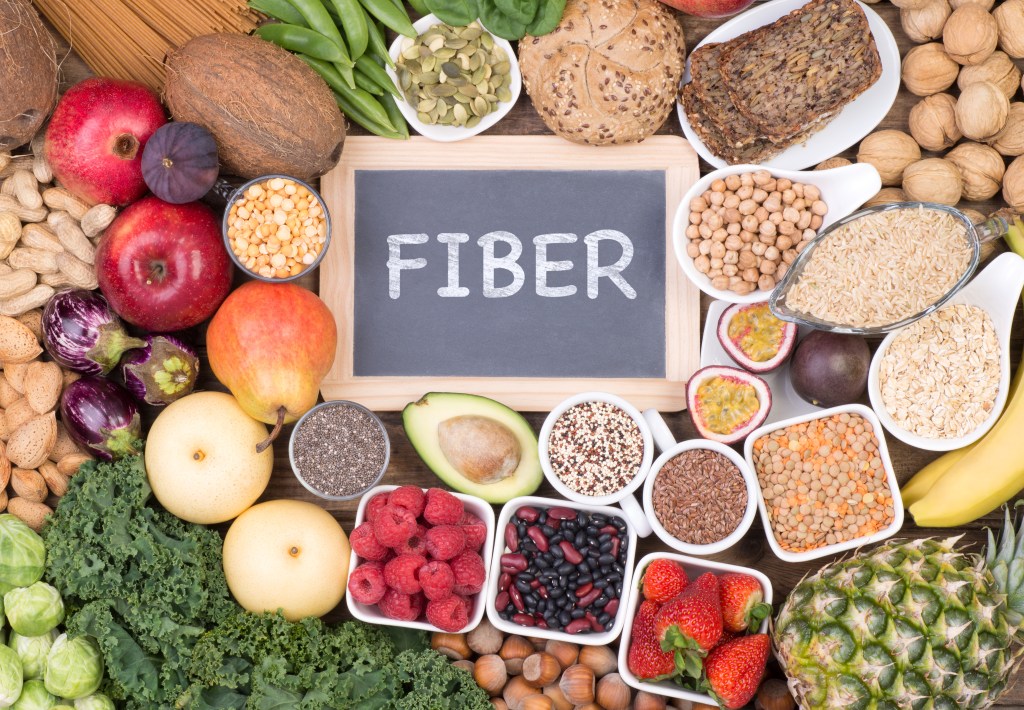Nutrition and healthy eating needs more fibers. You’ve probably heard this before. However, do you know why fiber is essential for your health, and which one in particular?
Dietary fiber is a roughage or bulk that includes parts of the plant foods that your body cannot digest or absorb. Fiber is not digested.
Fibers are commonly classified into the following.
Soluble fiber: This kind of fiber dissolves in water, forming a gel-like material. It lowers the blood glucose and cholesterol levels. Soluble fiber is found in peas, apples, oats, citrus fruits, barely, psyllium and carrots.
Insoluble fiber: This category of fiber promotes movement of food materials through the digestive tract. It increases the stool bulk. It is of great benefit to those struggling with constipation or the irregular stools. Wheat bran, whole-wheat flour, beans, vegetables and nuts are good sources of insoluble fiber.
Benefits of High-Fiber Diet
Dietary fiber:
· Normalizes the bowel movements making it easier to pass stool as well as decrease the chances of constipation.
· Helps in maintaining the bowel health; the high-fiber diet lowers the risk of developing small pouches in the colon and hemorrhoids
· Lowers the cholesterol levels.
· Controls the blood sugar levels
· Helps in achieving the desired weight
· Lengthens one’s life; it reduces the chance of cardiovascular disease and all cancers.

